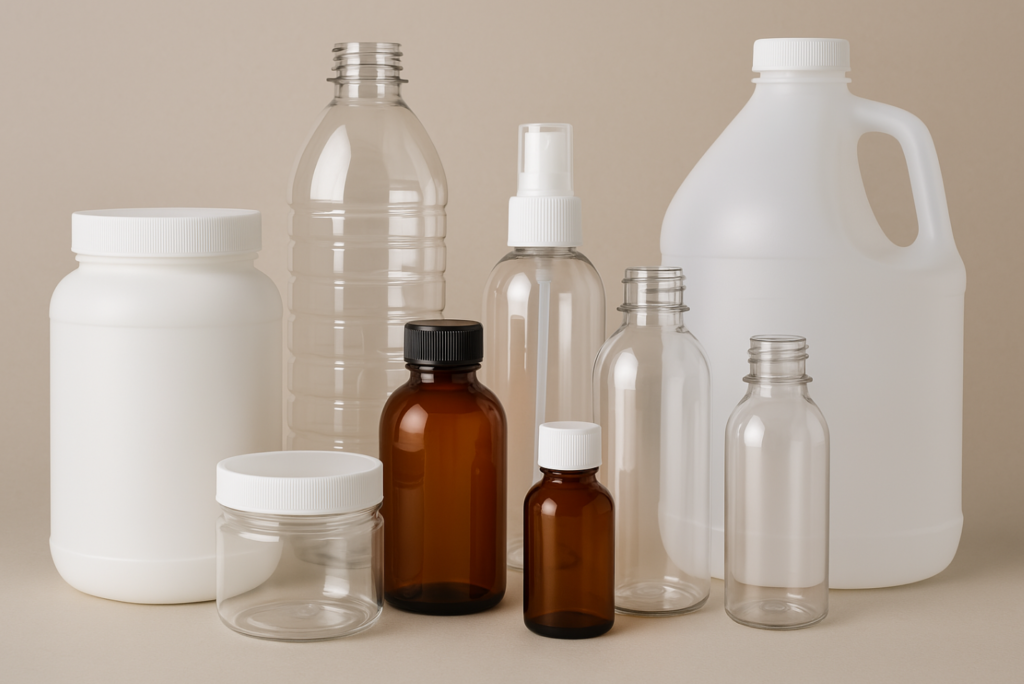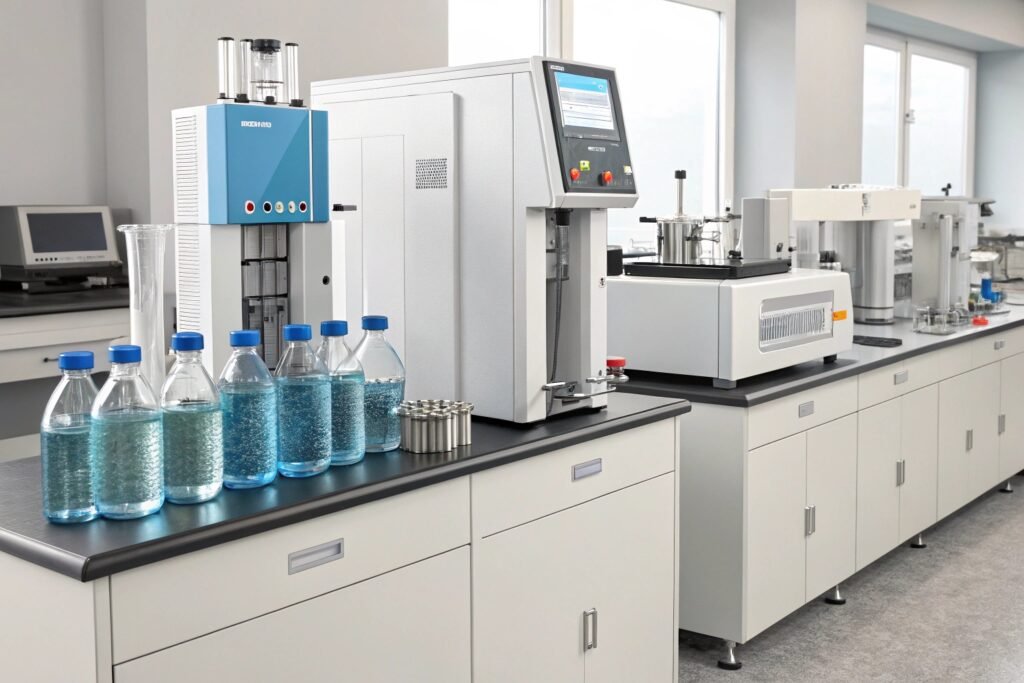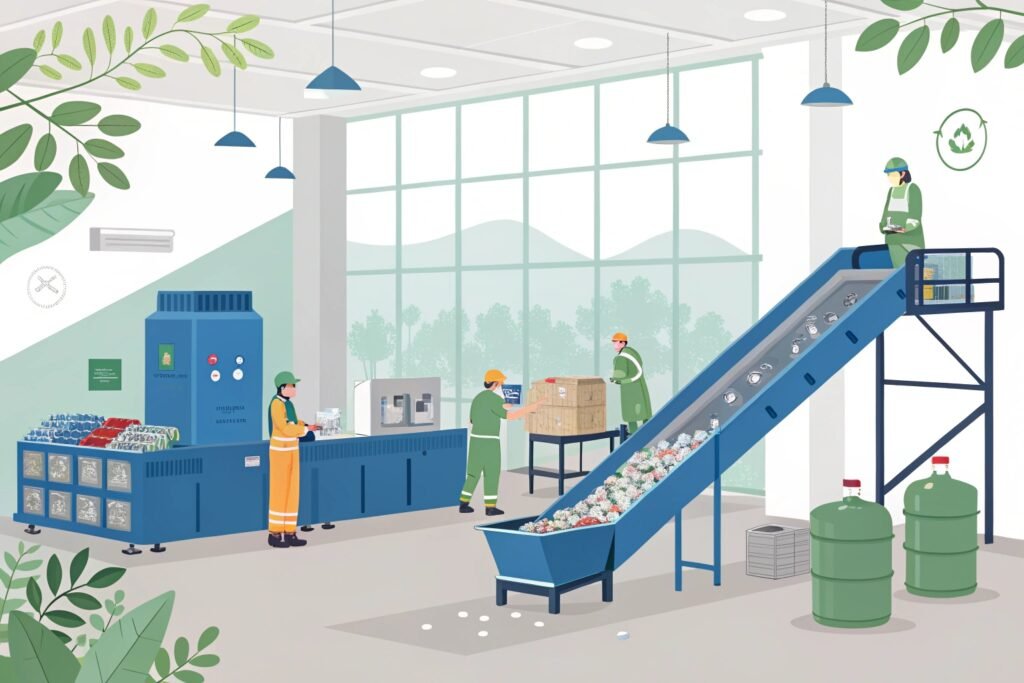Selecting the wrong bottle material could cost you thousands in wasted product and unhappy customers. Many manufacturers I've worked with have faced this exact problem, learning the hard way about material selection.
The choice between PET and HDPE bottles depends on your specific product requirements. PET is best for carbonated beverages and clear packaging needs, offering excellent clarity and gas barriers. HDPE is ideal for chemicals and opaque products, providing better chemical resistance and impact strength.

In my 15 years of designing molds for both materials, I've helped countless clients make this crucial decision. Let me share what I've learned to help you make the right choice for your product.
Is PET Permeability Better Than HDPE?
I recently consulted with a beverage company that lost $50,000 in product due to poor material selection. Their carbonated drinks were losing fizz too quickly because they chose bottles with inadequate gas barrier properties1.
PET demonstrates superior gas barrier properties compared to HDPE. Its oxygen transmission rate2 is 1-5 cc/m²/day versus HDPE's 100-200 cc/m²/day, making PET the better choice for oxygen-sensitive products like carbonated beverages and certain foods.

Diving Deeper into Permeability
Understanding permeability involves more than just oxygen transmission rates. Here's what I've learned from years of material testing and real-world applications:
Barrier Properties Comparison
| Property | PET | HDPE | Best For |
|---|---|---|---|
| Oxygen Barrier | Excellent | Poor | Carbonated drinks |
| Moisture Barrier | Good | Excellent | Liquid soaps |
| UV Protection | Poor | Excellent | Sensitive products |
| Chemical Resistance | Good | Excellent | Cleaning products |
In practice, I've observed that permeability affects different products in various ways. For example, a vitamin C supplement manufacturer I worked with initially chose HDPE bottles because they were less expensive. However, they soon discovered that the higher oxygen transmission rate3 was causing their product to degrade faster than expected. After switching to PET bottles with UV protection, their product shelf life increased by 40%.
However, HDPE's higher moisture barrier4 makes it the preferred choice for products like shampoos and detergents. The material's molecular structure creates a better barrier against water vapor transmission, which helps maintain product stability and prevents weight loss through evaporation.
Is HDPE More Recyclable Than PET?
Last month, a client almost lost a major retail contract because their packaging didn't meet the retailer's recycling requirements5. This is becoming increasingly common as sustainability demands grow.
Both materials are highly recyclable, with collection rates above 30% in most developed countries. HDPE typically requires less energy to recycle (160-180°C processing temperature vs. PET's 250-280°C) and can undergo more recycling cycles, though PET often achieves higher collection rates due to bottle deposit systems.

Diving Deeper into Recyclability
After visiting numerous recycling facilities and analyzing end-of-life scenarios for both materials, I've gathered some valuable insights:
Recycling Process Characteristics
| Aspect | PET | HDPE | Impact |
|---|---|---|---|
| Energy Required | Higher | Lower | Cost & carbon footprint |
| Processing Temperature | 250-280°C | 160-180°C | Processing efficiency |
| End Markets | Limited | Diverse | Economic viability |
| Color Options | Clear/Light | All colors | Market versatility |
The recycling journey of these materials differs significantly. HDPE's lower processing temperature means recyclers spend less on energy, making it more economical to recycle. However, PET's clarity and food-grade properties make it more valuable in certain markets. I've seen recycled PET selling for up to 20% more than recycled HDPE due to high demand from beverage manufacturers committed to using recycled content.
A notable trend I've observed is the growing market for food-grade recycled PET (rPET). Major beverage companies are pledging to use high percentages of recycled content, driving investment in PET recycling infrastructure. This has created a more robust collection and processing system for PET bottles in many regions.
Conclusion
Based on extensive experience with both materials, I recommend PET for products requiring clarity and gas barrier properties, while HDPE is better for chemical resistance and impact strength. Consider your specific needs, sustainability goals, and target market when making your choice.
-
Understanding gas barrier properties is crucial for selecting the right packaging, especially for sensitive products like carbonated drinks. ↩
-
Learn about oxygen transmission rates to make informed decisions on packaging materials that preserve product quality. ↩
-
Understanding oxygen transmission rates can help manufacturers choose the right packaging to enhance product longevity and quality. ↩
-
Exploring moisture barriers can provide insights into maintaining product integrity and preventing evaporation loss. ↩
-
Staying updated on recycling requirements is crucial for compliance and sustainability in packaging choices. ↩

